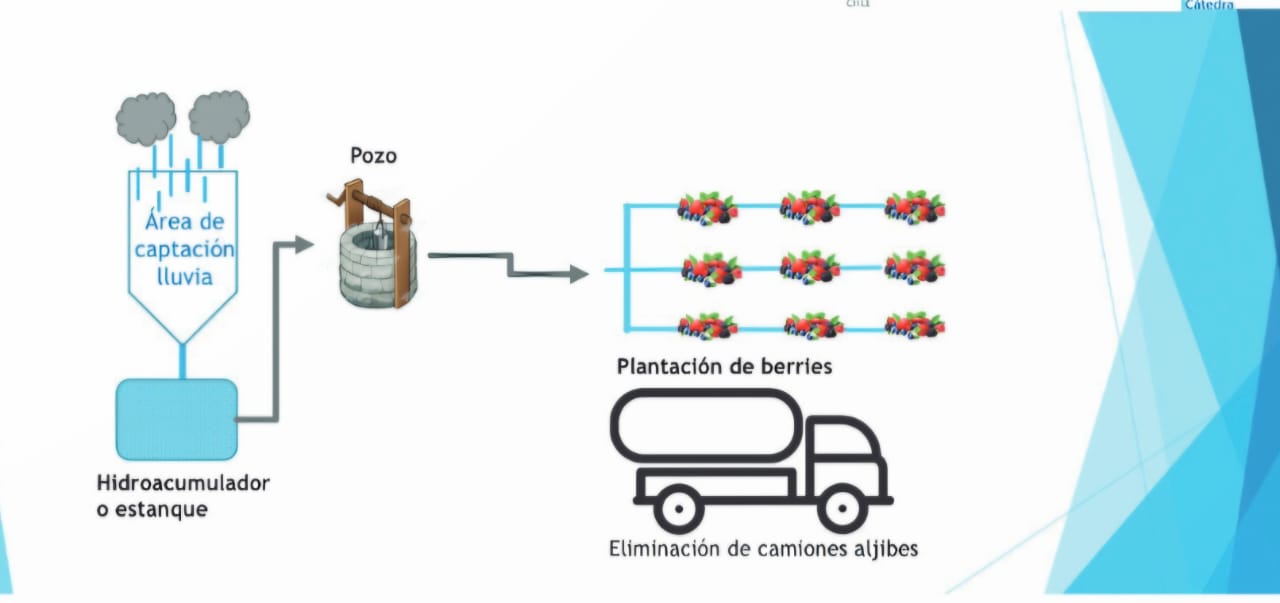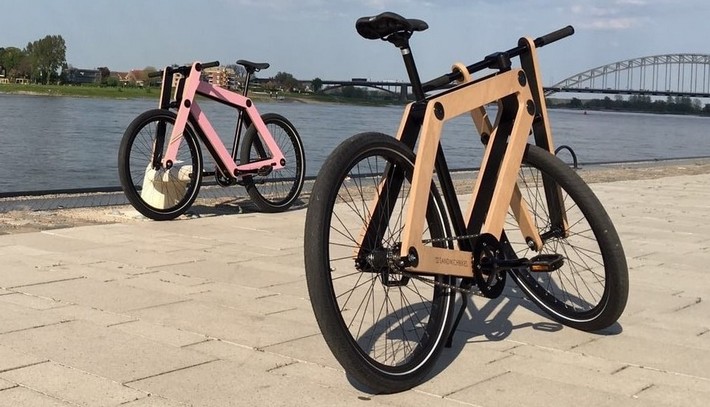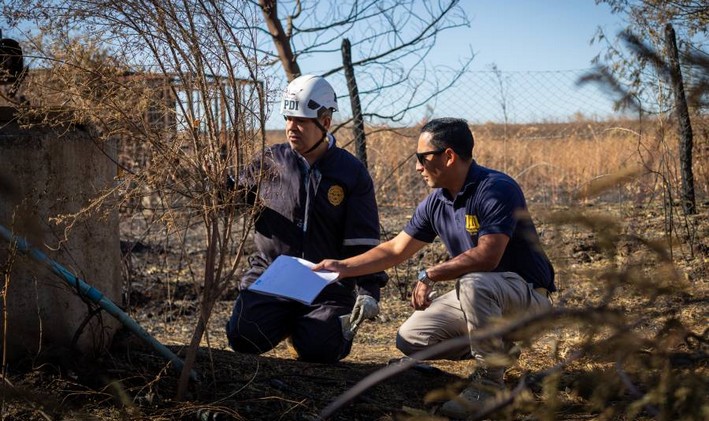Students from over 30 countries learned about Chile's forestry model and sustainability challenges
100 leading global students gathered at the "International Forestry Students Symposium Chile 2022," where they explored Chile's forestry model and celebrated the 50th anniversary of this worldwide meeting of forestry and forest science students.
The International Forestry Students Association (IFSA) served as a meeting point for students of natural and forestry sciences representing different countries worldwide. This year, the event took place in Chile last September. Organized by students from Pontificia Universidad Católica and Universidad de Chile, with support from the Ministry of Agriculture, the Ministry of Environment, Universidad de Concepción, and companies like Arauco, CMPC, and CORMA, the event included a four-day Congress in Santiago and Valparaíso, followed by a ten-day knowledge tour across the major forestry regions of Valparaíso, Metropolitan, O’Higgins, Maule, Biobío, La Araucanía, and Los Lagos.
Students from over 50 universities reflected on the main challenges and scenarios facing the forestry sector in sustainability matters. They also observed Chile's contrasts in biodiversity and monoculture, communities and industry, drought and humidity, among other topics.
Agustín Rosselló, president of the International Forestry Students Association (IFSA), an NGO representing the voice of forest youth, explained: "The main goal of this Congress was to connect forestry students and youth from around the world on the 50th anniversary of the Forestry or Forest Students Congress, which includes various forestry-related disciplines. We also wanted to showcase Chile's contrasts—how Chile, with its highly developed productive forestry model, can also engage with its diverse and native forest-rich landscapes and National Parks, as well as its relationship with local communities and academia."
How would you characterize the Chilean forestry model you mentioned?
I feel Chile has a forest culture that is highly advanced, both in Latin America and globally, because this diversity doesn’t exist elsewhere—where there isn’t significant production nor strong environmental care. In our country, there’s a very interesting balance between production, environmental and social responsibility, and ecosystem conservation and restoration.
I believe this model has reached a level of maturity compared to other countries. We’ve been working on this model for 50 years, and since its implementation, it has continuously improved, expanding its technology and fostering social and environmental responsibility. As a country, we’re already thinking about these things, which isn’t common elsewhere. It’s a balanced system in a way.
The first day of the Congress addressed the global forestry situation. The second day focused on the environment; the third day covered society and governance, and the fourth day discussed economics and innovation centered on climate change, with key topics like carbon credits, payments for ecosystem services, and new ways to integrate conservation into the forestry sector.
The Symposium’s technical tour included visits to facilities at the Justo Pastor León experimental center of Universidad de Chile, located in Santa Olga, Constitución, Maule region, as well as to Arauco, CMPC, and CORMA in the Biobío region. The students also toured various wood-processing industrial plants, where they learned about the productive activity in the area and its social, environmental, and economic impact.
They also explored native forest management at Forestal Nalcahue and visited Villarrica and Alerce Andino National Parks. "It was a great idea to start from the Metropolitan region, passing through Maule, seeing the wildfires, pine and eucalyptus plantations, then moving to Villarrica to observe more communities, Araucaria forests, sustainable native forest production, Patagonia, rivers, and lakes—experiencing Chile’s vast diversity," Agustín explained.
What are your key takeaways?
My conclusions are very positive. For the 100 participants from 30 different countries and nearly 50 universities, seeing this model was incredibly interesting because it’s something rarely found elsewhere. In Latin America, there isn’t such a well-established productive framework combined with biodiversity protection through National Parks. So, we feel Chile’s model successfully integrates both aspects, and although there are debatable and improvable points, it’s being managed very well. We left very satisfied, with great challenges ahead of us as Chilean youth engaged in forestry. We’re eager to get involved in forest policy, innovate, and keep working toward a sustainable forestry future where both models can coexist.

















